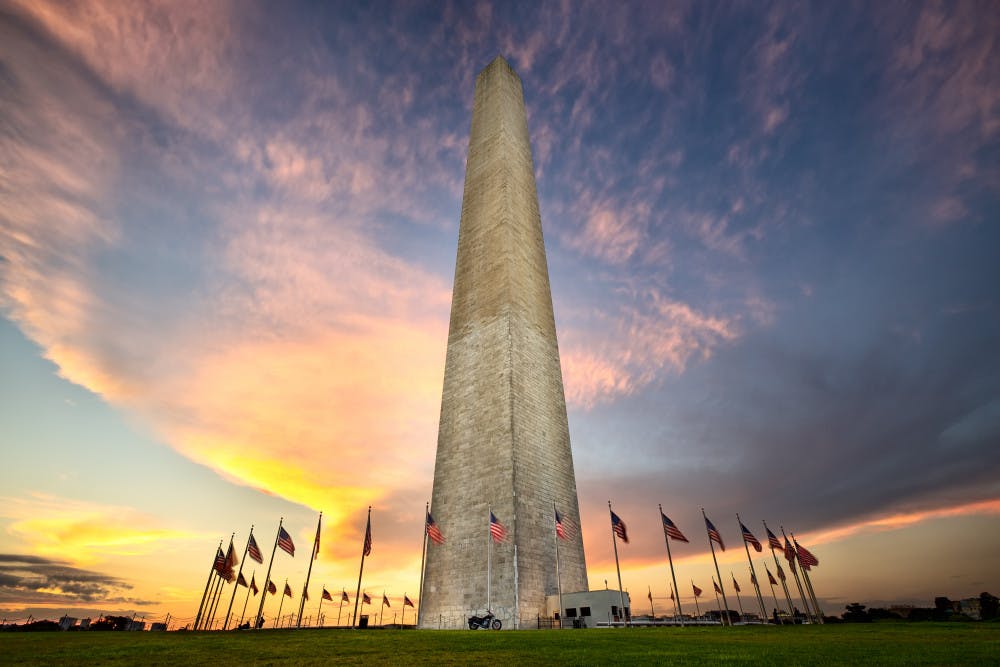By Richard Miller
On April 15, a massive fire broke out beneath the roof of Notre Dame Cathedral in Paris. By the time the fire had been completely put out, which was 15 hours after it began, the building’s spire and most of its roof was destroyed and its upper walls were severely damaged. This was particularly devastating because the cathedral is one of the most widely recognized symbols of the city and the most visited monument in all of Paris.
After the fire, a fundraising effort was launched, which has raised more than $700 million, according to the Philanthropy News Digest, and garnered the support of President Donald Trump. Although the president’s quick response caused some backlash online, with commentators arguing that past relief efforts should have received equal support from him, the situation raises a greater point — historical monuments are of the utmost importance and we must do everything in our power to preserve and protect them.
Monuments serve as a time capsule to different parts of culture that have lasted hundreds of years. A culture is much richer when it has a tangible connection to the past, and preserving the history of a place through its significant historic resources gives a community its distinct character. The design and architecture of old structures and historical sites often present a view of the time period and culture from when they were constructed. Historic monuments provide a link to the roots of a community and its people.
There are also economic benefits to preserving these monuments. The National Park Service, which manages several national monuments around the country, estimates that visitors to the state’s national parks and monuments spent $108.4 million in communities near monuments. The tourism boost that monuments give these communities can help lead to an increase in jobs in surrounding areas as well as opportunities for upkeep within the monuments themselves.
Monuments also help teachers and students engage in history in a more active way by actively participating in conservation and protection. The monuments are physical embodiments of history, and when teachers take an abstract concept and connect it to a physical landmark, students are often more interested and feel more connected to the past.
There is also a social element to these monuments. Monuments help bring a sense of pride to a community, making an environment more distinct, vibrant and lively. The preservation of monuments can be a stabilizing force in bringing communities together. Every monument has an important story to tell and each monument has the power to educate a whole new generation of people. We all benefit from sharing our history and developing a sense of cultural respect through both preserving and supporting monuments.
Students share opinions around campus
“Should students appreciate historic monuments?”

double major.
“Yes, we should take advantage of them while we can because nothing lasts forever.”

“A general theme is that you never appreciate things until they’re not there. That should change.”







